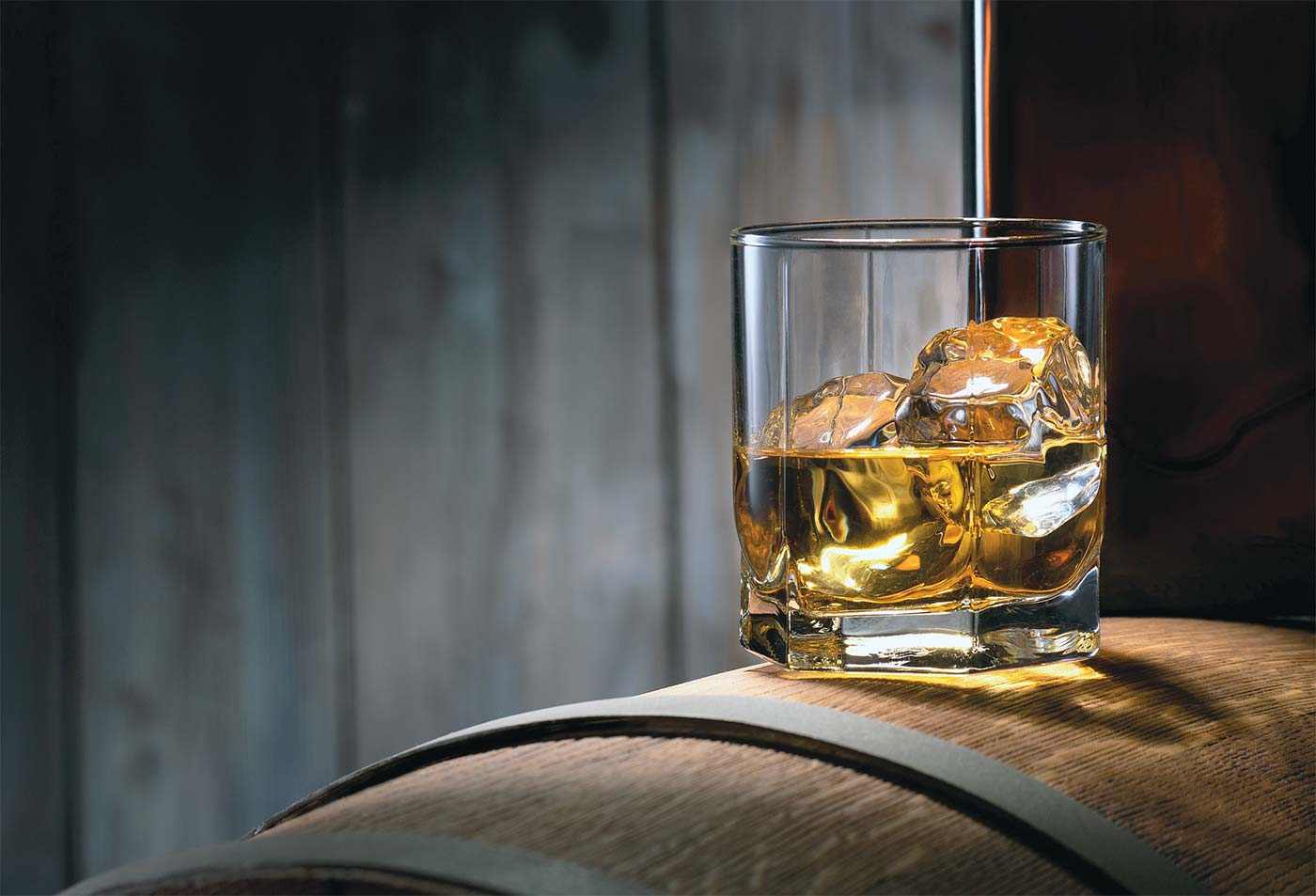What Whiskey is All About
I grew up in the many restaurants of the Chambersburg section of Trenton. Many of my father’s friends were restaurateurs. We could never just walk in and sit down for dinner. We had to first say hello to at least three or four tables of people. More often, he would, in his favorite restaurants, order his appetizers at the bar. He did not sit down until they were delivered.
My father thoroughly enjoyed a cocktail or two before sitting down. To him, being at the bar was as much a part of the evening as the meal. Dressed in a jacket and tie, he could strike up a conversation with any stranger. He was not intimidated. Convivial and chatty, he could hold forth on a number of topics. He was Kipling-esque, as at home with a janitor as he was with a CEO.
His best attribute was getting people to talk about themselves. “Don’t talk about yourself,” he taught me. “It’s boring. The way to get them going is to have them tell you about themselves.”
My father, a well-known hairdresser, had a closet full of liquor, presents from clients and friends. There was a vast array. Dewar’s. Cutty Sark. J&B. McClelland’s. Macallan. Pinch. Chivas Regal. Black & White. He rarely drank at home. He drank extremely weak iced tea (colored water, as we kids used to joke) or water with ice. That was it.
When I became a man with a wife and family, our home became ground zero for the holidays. The first time my father visited, he asked if we had any whiskey. “Don’t you have any good whiskey, kid? Scotch?” he asked. I shook my head. He shook his head with a sigh. From then on, I always had a bottle of Dewar’s and a bottle of single malt Scotch whenever my father came to visit.
Half an hour or so after his arrival, he would turn, and suddenly say, “I think I could use a glass of whiskey.” The first time he did this, I poured a Tom Collins glass with three fingers of McClelland’s Highland Single Malt. He looked at me in horror as I extended the brown liquid toward him.
“That’s a lotta whiskey. Don’t you have any proper whiskey glasses?” he said with shock and a smile. No. “Gotta get some whiskey glasses. At least decent highball glasses,” he said.
“Add a splash of water. Just a drop,” he said, offering up his glass. I placed it under the kitchen faucet, doused the whiskey, and handed the glass back to him. His face again was painted with shock and horror. “Jesus, don’t drown it. Just a dab next time. A few drops. You want it to breathe,” he tried to explain.
Later, I found a set of gold-rimmed whiskey glasses he had bought me for my college graduation. I had long ago stored them away. He smiled when he saw them. We shared many drinks in those glasses. After three or four years I realized that each visit was a lesson in how to savor the spirit. He was trying to teach me something, life lessons I usually resisted.
I REALIZED THAT EACH VISIT WAS A LESSON IN HOW TO SAVOR THE SPIRIT.
Slowly I embraced bourbon, then later single malt. We would stand on the front porch or the back deck, or sit by the fireplace watching the game, holding our drinks, talking. Every holiday I made sure I had his bottle at the ready. I look back on those quiet moments as some of the best in my life.
In 2016, about a year after he passed away, I was cleaning out the liquor cabinet in our house. At the far back was the bottle I had kept for him. The bottle had gathered much dust. There was only a finger’s worth left. I poured the last dram in a gold-rimmed glass, and put just a dab of water in it. And drank to him. And it occurred to me that our conversations had as much to do with enjoying whiskey as appreciating it … drinking it. I toasted to him. Because that is what whiskey is all about.





